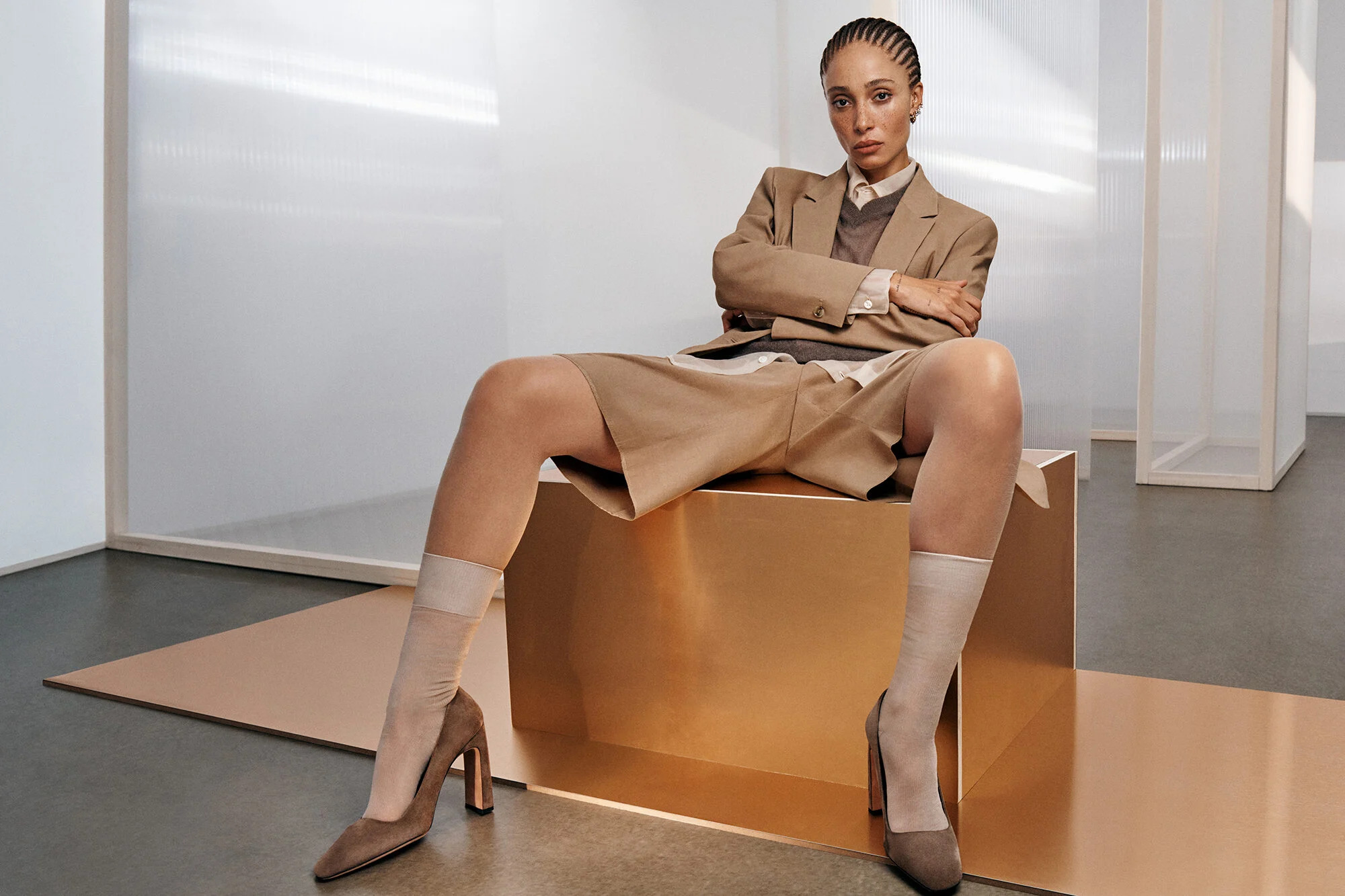Hugo Boss fell short of expectations on Thursday, reporting lower-than-anticipated operating profit for the second quarter. This follows the company’s decision last month to downgrade its full-year sales and profit outlook amid persistent weak consumer spending.
Analysts had predicted Hugo Boss would earn €81.9 million in operating profit (EBIT) for the second quarter. Still, the actual figure came in at €70 million, a 42% decline compared to the same period last year.

The company expressed optimism, noting that revenue improved in the first half of the year, even with a difficult market. They attributed this to increased market share for their Boss and Hugo brands.
Despite a 3% revenue increase for the first six months, Hugo Boss saw a 1% decline in sales during the second quarter.
Though there was a decline in physical retail sales (2% in Q2, flat in H1), Hugo Boss saw positive growth in other areas. Wholesale remained strong, with a 7% increase in H1 physical stores and a 5% rise in Q2. The company’s online flagship, hugoboss.com, also continued its growth with a consistent 3% increase in sales for both H1 and Q2.
The company achieved robust gross margin expansion due to substantial efficiency gains in global sourcing. This translated into a 30 basis point uplift in H1 and a 50 basis point increase in Q2.
However, EBIT was impacted by market volatility and increased operating costs, resulting in €139 million for the first half and €70 million for the second quarter.
Challenging Q2: Profits Dip Amidst China and UK Struggles
The company attributed its quarterly challenges to a global economic and political climate that weakened consumer spending. This was especially pronounced in major markets like China and the UK.
Despite outperforming its competitors, the company’s financial results were still negatively affected by the overall weak consumer spending.
While overall sales dipped slightly by 1% compared to the previous year, coming in at €1.015 billion, the company still achieved a remarkable 50% revenue increase compared to 2019. This strong performance reflects the success of the Boss and Hugo brands, which significantly gained market share.
Despite a weakening consumer market, both Boss and Hugo brands successfully maintained strong customer connections. Strategic marketing campaigns, high-profile partnerships like the David Beckham collaboration, and a prominent presence at sporting events significantly increased global brand visibility. This led to a noticeable surge in social media engagement, building on the brand’s recent success.
While Boss Menswear saw a 2% decline in currency-adjusted sales compared to the previous quarter, Boss Womenswear performed better, with a 2% increase. Hugo, bolstered by its new denim line, Hugo Blue, outpaced both with a 3% currency-adjusted growth.
The company reported growth in the Americas, which helped offset sales declines in both EMEA and Asia-Pacific. EMEA sales dropped 2% in local currency terms, primarily due to weakness in the UK, as well as Germany and France.
The Americas continued to drive growth for the company, with sales up 5% in local currency terms during the second quarter. However, this was offset by a 4% decline in sales for the Asia-Pacific region, primarily due to ongoing challenges in China.

The company remains optimistic about the second half of the year. Its new loyalty program, Hugo Boss XP, has seen a 30% increase in sign-ups. With these positive indicators, the company expects full-year sales to grow between 1% and 4%.
The company anticipates growth driven by a range of brand, product, and sales strategies. Furthermore, it reported strong wholesale orders for the upcoming Winter 2024 and Spring 2025 seasons.
To boost interest, Hugo Boss will launch a new campaign featuring David Beckham and Naomi Campbell in late August.
The company anticipates a significant improvement in profitability during the second half of the year, with full-year EBIT projected to reach between €350 million and €430 million.
CEO Daniel Grieder stated that Hugo Boss has delivered strong sales growth for the past three years, driven by its strategic initiatives. However, the company encountered significant challenges in the first half of the year due to a sharp decline in global consumer spending. While acknowledging the ongoing economic headwinds, Grieder reaffirmed the company’s commitment to outpacing market growth, expanding market share, and enhancing operational efficiency.
Grieder emphasised a dual approach by maintaining confidence in the long-term potential of the Boss and Hugo brands while aggressively cutting costs to navigate the current economic climate. He highlighted the importance of cost discipline, particularly in global sourcing, sales, marketing, and administration. These efforts have already yielded improved profit margins and will continue to be a focus in the future.
In summary, Hugo Boss’s Q2 performance highlights the ongoing challenges in key markets like China and the UK. As the company navigates these hurdles, stakeholders will keenly watch the strategies implemented to drive growth and recover lost ground in the coming quarters.


